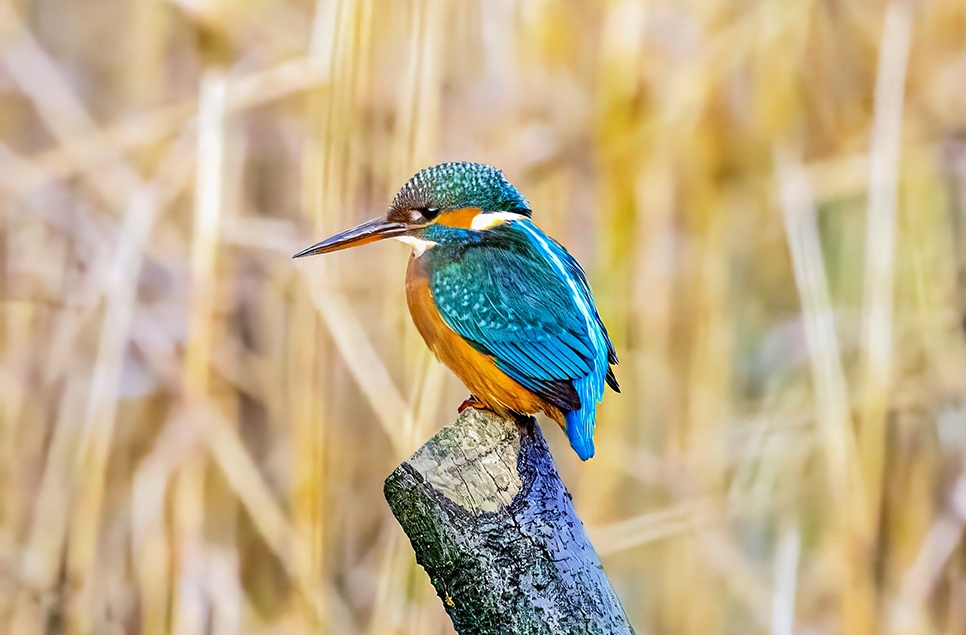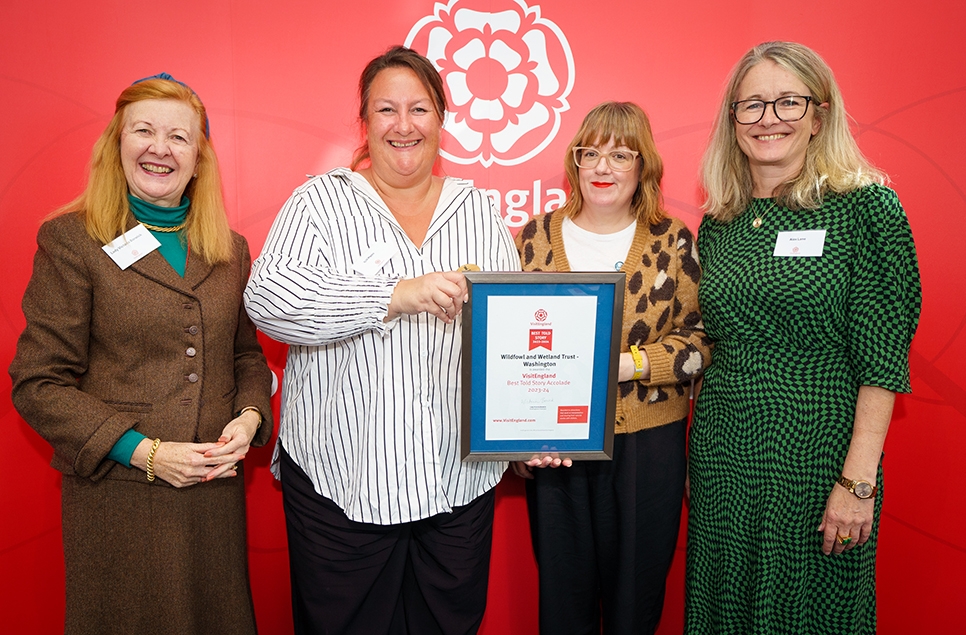Lets talk about bats
Bat boxes are a fantastic thing to have around and not only do they offer a home for our native bat population, they also help us keep track of their successes in the UK with regular surveying and checks.
At this time of year, our reserve team spend time checking the condition of all of our existing bat boxes, while adding new bat boxes around key parts of our wetlands and woodlands. You may notice that these boxes are now suspended on metal brackets which allow them to hook over and hang freely. This makes it a much safer experience for our team when doing bat surveys, but also a quicker and more efficient job so as not to disturb the bats.

Bats always cause a stir of excitement and, being a mammal that is often only seen at dusk and in very brief spurts, they are very much a creature of interest. Reserve manager John chatted to us about the bats we have on site and how we monitor them:
What bats do we get on site here at Washington Wetland Centre?
Mainly we find common and soprano pipistrelle in our boxes. We have put a new box on a tree that overhangs the river and saline lagoon and we will be monitoring that from now on for daubentons as they like roosting near the water.
Will there be bats in the boxes right now and if so what will they be doing?
It's unlikely that there will be bats in the boxes at the moment as most of them will still be hibernating in other locations. The main purpose of our bat boxes are for mating and breeding during the spring and summer.
When do bats start coming back out?
Bats will start to emerge after hibernating around April time. Keep an eye out at dawn for those small flitting silhouettes. Warmer days draw out small flying insects which are a perfect food source for bats!

How often do we do bat surveys?
Here at Washington we do 3 types of surveys:

Interested in hearing about a bat event?
Sign up to our newsletter and be the first to hear about all upcoming events at Washington Wetland Centre and our vital conservation work.
Sign up

